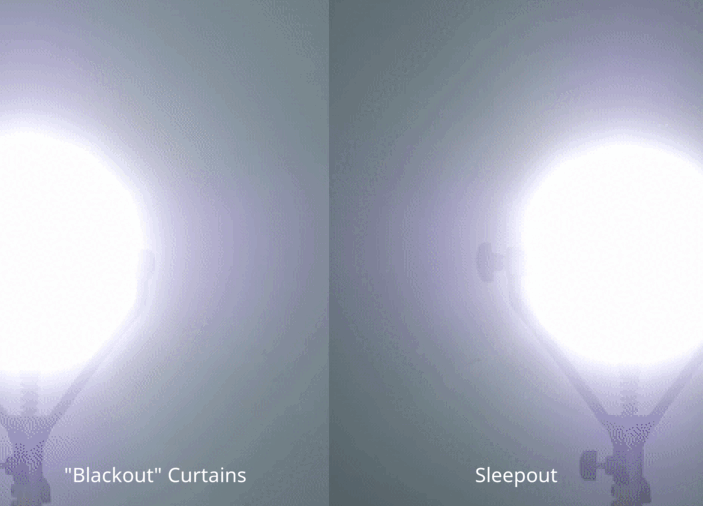It’s a familiar scene for many new parents: your baby refuses to sleep unless it's on you. While this can make for some precious bonding moments, it’s not a sustainable sleep solution for long-term. Reports of sleep deprivation among new parents are widespread, as babies often wake frequently during the night for feedings and comfort. Being constantly 'on-call' can take a toll on anyone. Fortunately, there are methods and tools to help transition your baby from sleeping on you to sleeping independently, one of which includes the use of high-quality blackout curtains like the ones provided by Sleepout.
Understanding Why Babies Prefer Sleeping on Parents
Babies spend approximately nine months in the womb, where they are continuously comforted by the mother's heartbeat and movements. Post-birth, the world can seem like a big, scary place to them. The warmth and heartbeat of a parent can mimic the comfort experienced in the womb, making sleeping on you a preferred option.
Gradual Transition to Independent Sleeping
To ease the transition, it’s important to make your baby’s sleep environment feel safe, secure, and comfortable. Begin by establishing a routine that helps your baby associate certain behaviors or environments with sleep. This could involve dimming the lights, reducing noise, or using a pacifier. Each small routine will signal that it's time to sleep, helping create a familiar pattern that encourages sleep without the need for physical contact.
Setting the Scene with the Right Environment
The role of the sleep environment is crucial in fostering good sleep habits. Babies are particularly sensitive to light, which can majorly disrupt their ability to fall and stay asleep. This is where blackout curtains come into play. The use of blackout curtains, like the ones offered by Sleepout, can dramatically improve sleep quality by blocking out external light sources and creating a dim, womb-like environment that promotes sleep. Sleepout Home Blackout Curtains are designed to provide 100% blackout, ensuring that your baby’s room remains dark and conducive to sleep at any time of day.

The Incremental Retreat
Start by lying next to the baby's crib and slowly increase the distance between you and the crib each night. Initially, this might mean placing your hand on the baby until they fall asleep and then removing it once they are in a deep sleep. Gradually, you can move to sitting on a chair nearby until eventually, you’re able to leave the room. This method takes patience and a few weeks to implement, but it can effectively help your baby feel more comfortable sleeping alone.
Consistency is Key
Consistency is the cornerstone of establishing any new habit. Try to put your baby down to sleep at the same times each day so they can learn to anticipate sleep. Consistency in how you respond to your baby when they wake can also reinforce sleep habits. If you choose to feed or soothe your baby back to sleep, try to do so in a manner that is quiet and calm, to reinforce the idea that night-time is for sleeping.
The Use of Sleep Aids
Consider introducing a sleep aid like a white noise machine or a baby-safe sleep toy. The white noise machine emits sounds that can mimic those heard in the womb, like a heartbeat or static, which can be incredibly soothing. Sleep toys that have a gentle, rhythmic glow can also provide comfort without the need for parental presence.
Encouraging Daytime Independence
Building independence doesn’t just start at bedtime. Encourage independence throughout the day by allowing your baby to play by themselves for short periods under your supervision. This builds their comfort with being alone and can ease the transition at night.
Swaddling for Comfort and Security
Swaddling is an age-old technique that mimics the snugness of the womb. A swaddle can prevent reflexes from waking your baby and keep them calm and reassured as they sleep. Ensure you’re swaddling your baby safely and comfortably, according to the guidelines provided by pediatric experts.

Final Thoughts
Transitioning your baby to sleep independently is a journey that requires patience and flexibility from any parent. Using strategies like the gradual retreat and creating the right sleep environment with tools like Sleepout Home Blackout Curtains, combined with consistency in your approach, will gradually help your child feel safe and secure enough to sleep on their own. This ensures not only better sleep for your baby but also much-needed rest for you, ultimately leading to a healthier and happier household.


